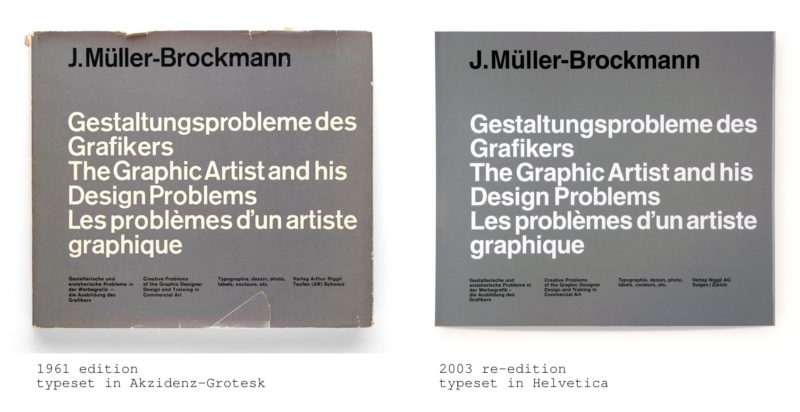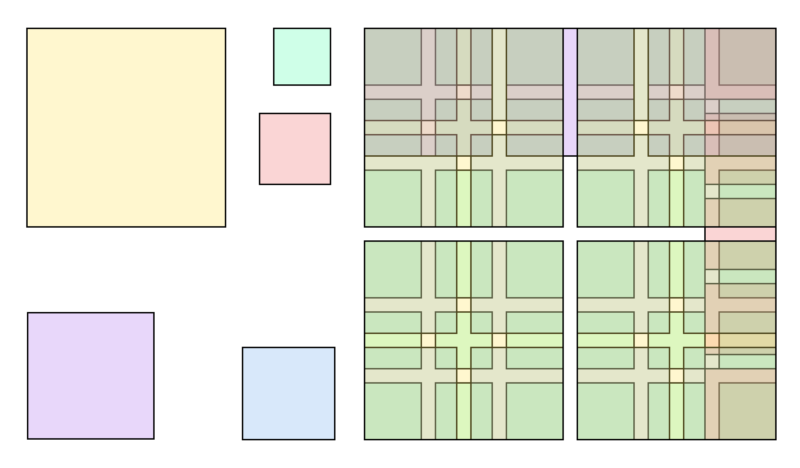Quelques archives sur l’enseignement du design dans cette école, qui depuis 1984 se nomme University of the Arts.
Au Philadelphia College of Art, le programme de design graphique est développé dès 1966 par Kenneth Hiebert, qui a étudié dans la « Fachklasse für Grafik » (classe de graphisme) entre 1959 et 1964, et intègre dans cette formation des principes de l’école de Bâle. D’autres alumni de Bâle qui y enseignent sont Inge Druckrey (de 1971 à 1973), April Greiman, encouragée par Hofmann (de 1971 à 1976), et Christa Zelinski (de 1977 à 2007). Hans-Ulrich Allemann, qui a étudié à Bâle de 1960 à 1965, enseigne au College of Art de 1974 jusqu’en 2009.
Personnalités:
- Kenneth Hiebert
- Inge Druckrey
- April Greiman
- Christa Zelinski
- Hans-Ulrich Allemann
- William Longhauser
Steff Geissbuhler. Born in Switzerland in 1942. Partner and principal at Chermayeff & Geismar Inc. for 30 years and designer of some of the most memorable posters and definitive corporate-identity programs of the latter part of the 20th century.
When Ken Hiebert, one of Geissbuhler’s Basel classmates, was appointed chair of graphic design at Philadelphia College of Art (now The University of the Arts), he asked Geissbuhler for help in developing the program. “We introduced a completely new thing there,” recalls Geissbuhler, who served as chair of the department from 1973 to 1975. Geissbuhler and Hiebert recruited colleagues such as Inge Druckery, Keith Godard and Hans Allemann, and began to move things away from a prevailing advertising bias.
“We imported the whole Swiss design philosophy, ‘less is more,’ and the importance of typography, color and drawing.”
AIGA, https://www.aiga.org/medalist-steffgeissbuhler
Artefacts:
Un descriptif de cours de Hans-Ulrich Allemann, Communication Design, de 1981:
Un site web archivé couvrant la période 2000-2012: http://www.uartsgd.com/
Quelques visuels d’affiches trouvées sur ce site:
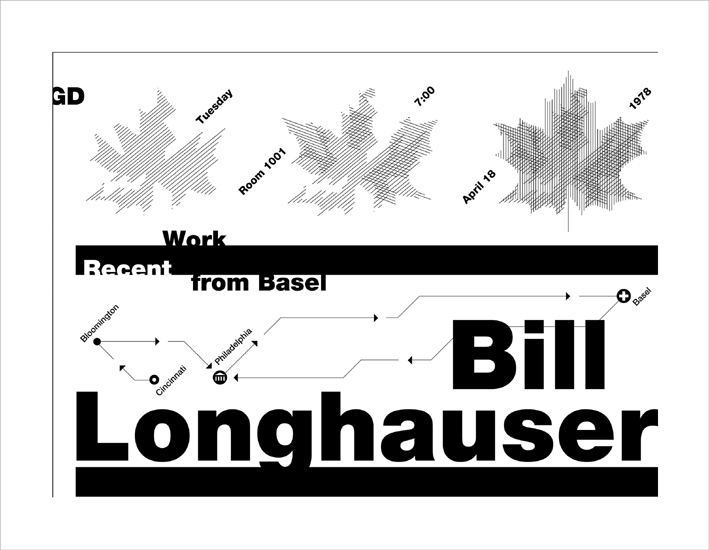


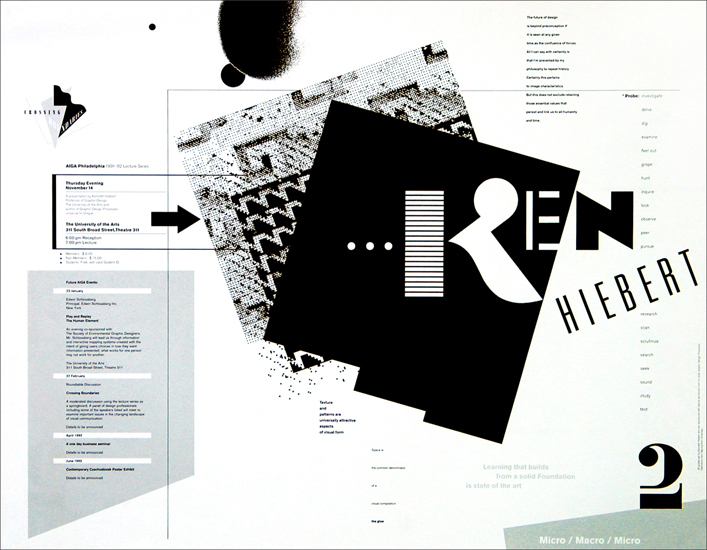
Livres et catalogues
Universal Unique, un catalogue d’exposition publié en 1988, rassemble des travaux d’enseignants.
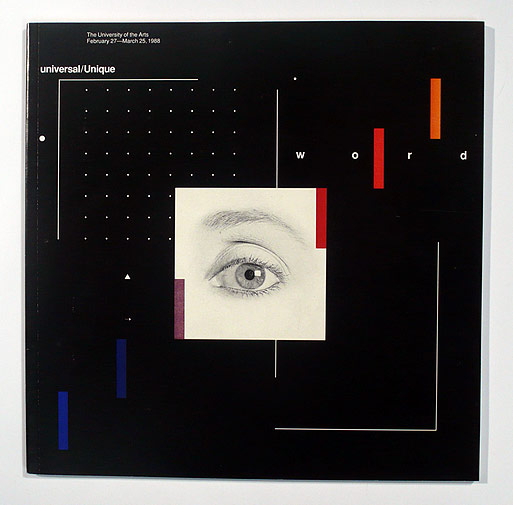
This exhibition presents the work of educators—some who have been influenced directly by being students of the Basel School of Design and others whose work and process is in contrast to the Basel school. Each participant was provided with several components—a grid, an eye, and the word “word.” By furnishing these identical elements, a context was provided to allow these different approaches to become manifest. They were provided as readymades for direct use or for manipulation of any kind deemed appropriate to create a message in the spirit of the overall theme. The presentation format was 30 x 30 inches.
Site de William Longhauser
